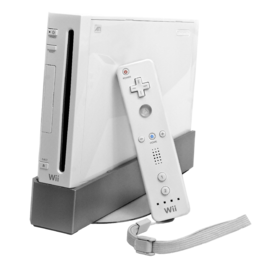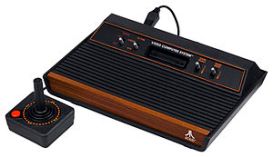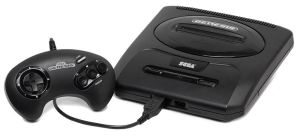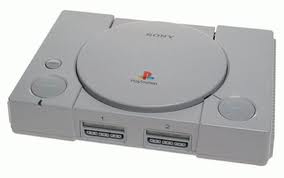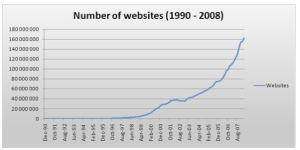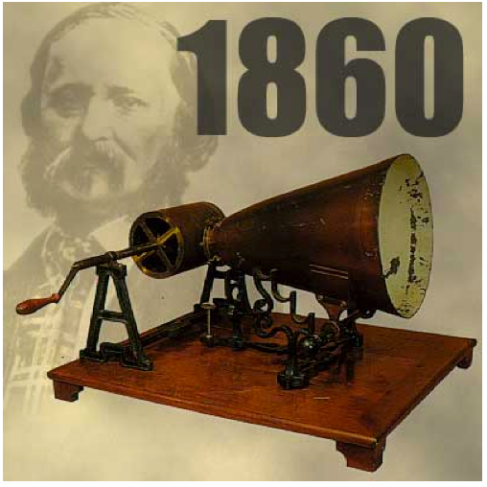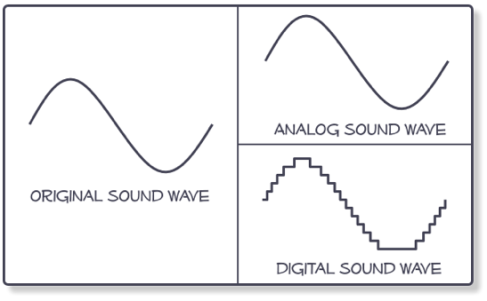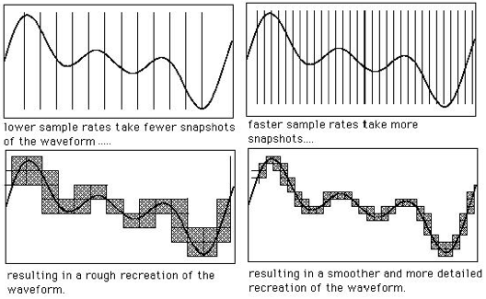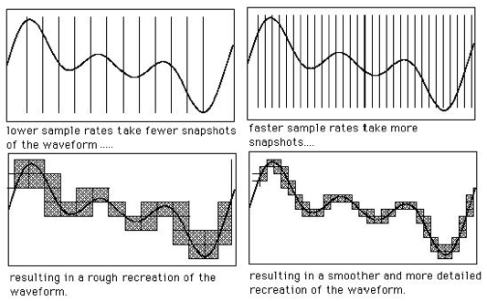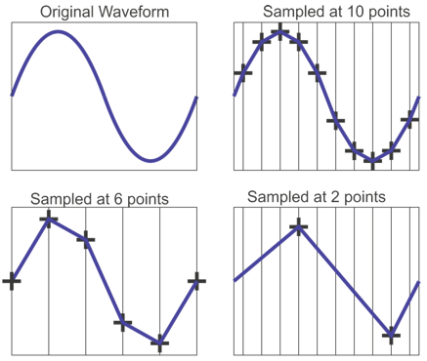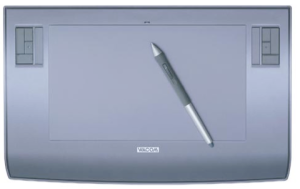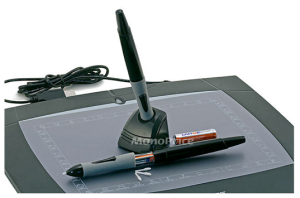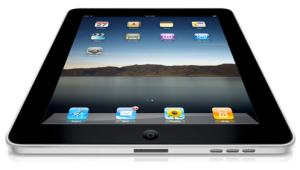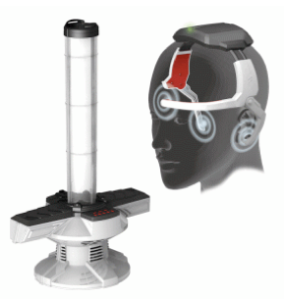Once again the controlling power of video games has shifted and this time form electronics giant Sony to the computer giant Microsoft. For the first time since the first Sony Playstation, Sony have been trumped by the computer company in terms of technology. This meant they needed to hit back harder with their next generation console.
But to everybody’s surprise Microsoft struck first. In November 2005 the XBOX 360 was released and most impressively on the very same day worldwide. The seventh generation console was once again beefed up with HD support, a DVD player, 512MB of ram and broadband compatibility with wireless controllers and a whopping 320GB optional hard drive. This now meant that video games consoles could evolve and develop, pro-longing their lifespan, making it one of that longest lasting consoles to date.
Almost one year later Sony released its PlayStation 3, however the console was more expensive with almost the exact same spec as the Xbox 360. It only had 50MHz more Graphics capability but contained a 500GB SATA Hard Drive as well as new wireless controllers. One of the most impressive features it had which the Xbox didn’t have was an installed Blu-Ray player.
However for the first time, technical superiority didn’t tie Sony’s over in sales. Two of the biggest reasons were that the PS3 costing around €600, €200 more than the Xbox 360. And most important , Sony had forgot about the most important selling point, the gaming experience and that the new console lacked backwards-compatibility meaning that people who maybe traded their PS2 console in for a PS3 could no longer play their past games where Xbox could. Customers saw no merit now in buying a more expensive console and jumped ship to the cheaper Microsoft device.
Nintendo’s Tangent
After the failure of the GameCube in 2002, Nintendo realised they were unable to beat Microsoft and Sony on the same playing field. In 2006 Nintendo released the Wii. Although it had no CD, DVD support or HD graphics, what it did have was a new numb-chuck controller and a new target audience and demographic. Nintendo now targeted families as a whole instead with more family-orientated games proving successful with many families worldwide buying the console and a controller for each member of the family. This was the first time such a thing ever happened in the video game world.
6 years later Nintendo released the WiiU with the same creative intent they had with their earlier console. Nintendo were beginning to get it right once again with a 64-Bit console featuring HD graphics, Better online support and for the first time ever, they now had a tablet based controller with touch capabilities that could also be used as an alternative screen if others wanted to watch television. Nintendo has finally entered the 64-Bit race and with both backward hardware and software support, once again making them a worthy competitor in the video games market.
Game Engines
Hardware contributes to the ability in which how technically advanced a game can be which is featured on a console. Both the Xbox and PlayStation have always been high-definition, 60 frame/per second machines ever since their releases. However, for the first time ever amongst consoles, due to the high technical capabilities, the graphics had not reached their full potential until in more recent years.
Video games are built on what we now know as engines. These engines dictate the graphics, controls, physics and most importantly the smoothness of the game. With the help of these technologically advanced devices developers have now began to start making games which have more detailed graphics, rendering and textures. You can clearly see the difference in the games published for the Xbox or Playstation in 2006 and what is being produced today in 2013. But most importantly the biggest improvement in the games was the player’s desire to be more involved in games as they became more attached to stories which resulted in the constant improvement in player experience on the developers behalf.
Future of Video Games
The video game genre is now a pillar in media the same as movies and video are today. The result is the constant desire to improve presentation and experience. Although the Game engines have prolonged the longevity of video games consoles. Companies desire to improve on their console but not on the grounds of video games but overall media experiences and services like Netflix, Sport Channels and television in recent years.
One of the problems at the moment is that it’s the game engines support the visual graphics and that hardware has still not yet been fully utilised. The question now is what will these new consoles bring to the table other than new multimedia experiences?
Currently the WiiU, Xbox 360 and the PS3 all run games at 60 frames per second meaning that for every second that passes 60 pictures flicker every second you play the game. This helps give games that smooth look. Perhaps the next consoles may feature integrated graphic capabilities that can support around 80 to a 100 frames per second meaning a visually smooth presentation on the players eyes.
Console manufactures no longer seem to focus on just video games now. Thanks to advancements in technology, these consoles have evolved into more than devices that just play games and into one overall multimedia centre that has made other technology and access to their media obsolete e.g. DVD players and physical disk rentals. Lifelong video game fans have no other choice than to accept the new generation of games console with media capabilities whether they wanted it in the first place or not.
We are now in a pivotal period of time once again in terms of video games . Perhaps the release of the new Xbox or Playstation may mark the death or retirement of video games consoles and the birth of the “media centre” since video games will only be one function out of many now.
References
Top 10 Video Games Consoles of All Time – thegamescolsole.com – http://www.thegameconsole.com/
Xbox – http://en.wikipedia.org/wiki/Xbox
Playstation 2 – http://en.wikipedia.org/wiki/PlayStation_2
Xbox360 – http://en.wikipedia.org/wiki/Xbox_360
& http://www.xbox.com/en-US/xbox360/consoles/bundles/xbox360-250GB-bundle
Playstation 3 – http://en.wikipedia.org/wiki/PlayStation_3
& http://us.playstation.com/ps3/techspecs/assassin-s-creed-bundle.html
Nintendo Wii – http://en.wikipedia.org/wiki/Wii
Nintendo Wii U – http://en.wikipedia.org/wiki/WiiU
Master chief’s evolution – gears of halo – http://www.gearsofhalo.com/search/label/halo%204
Image References
Xbox360 – http://en.wikipedia.org/wiki/Xbox_360
Playstation 3 – http://en.wikipedia.org/wiki/PlayStation_3
Nintendo Wii – http://en.wikipedia.org/wiki/Wii
Nintendo Wii U – http://en.wikipedia.org/wiki/WiiU


